(early October 2022)
Although the autumnal equinox falls in September, I really think of October as the beginning of fall. September has vestiges of summer with still warm temperatures and trees only giving a hint of what’s to come but it’s October that really ushers in the change of seasons. The leaves change more quickly, decorative Indian corn is to be found, and Halloween beckons with store shelves filled with a billion cavities worth of candy. It’s also when deer mating season begins. Bucks go into rut, anxiously waiting for a doe who will put out for him to come along. And so horny deer are often seen carelessly crossing the roads in pursuit of some action.
There was a slight chill in the air on 1 October when I jumped in my car just after dawn and headed east to the fringe of Madison where it meets the Town of Burke. I was keen to take some photos of a couple Trachte buildings that I’d recently heard of and to explore a mysterious white dot.
A couple weeks previously I had been checking out the far east side of Madison on Google Maps trying to get a handle on the growth of the housing developments that sprawled on the fringes of the city and lament how much of the countryside had been lost. At one point I noticed an anomalous white dot in a group of trees. I immediately made like Deckard in Blade Runner pretending Google Maps was an Esper machine and started calling out commands to enhance the image.
Unfortunately, just like my cats, the site was not keen on responding to my voice and so, when I said, “enhance 224, 176”, absolutely nothing happened. And so I was forced to manually zoom in and rotate the view. Despite my best efforts, I couldn’t tell what this mysterious dot was but I assumed that the anomaly was the top of a silo poking out from the tree canopy.
Farm ruins!
My first stop that morning, however, was just up the road from the anomaly where a pair of Trachte buildings sit nestled in the tress, slowly being consumed as grass and brush reclaim the area.
Nearby were a couple other outbuildings that looked as if they hadn’t seen use in ages either such as this one tucked a bit further back.
Having gotten my Trachte photos, it was off to find that mysterious silo. I drove slowly south along the road but didn’t see anything other than the new day’s sun peeking through the trees.
I pulled over to the side of the road, got out of my car, and started poking around on foot. Wandering into the ditch I finally caught a glimpse of a sandstone (or was it limestone?) wall tucked back in the brush.
I had driven this road many times over the years but never noticed the wall. It will no doubt be more obvious when the trees have shed their leaves, but I think it’s set back just far enough to not be visible at a casual glance when you drive past.
Despite the rising sun and the muffled roar of speeding cars in the distance, it was rather spooky setting out into the ruins. By the time I got to them, the din of the highway was completely absent and it got even more eerie as a silence settled upon me.
The wall was part of the remains of foundation of an old barn.
I saw no trace of any of the wooden structure. Looking around this area that is nearest the road, I couldn’t see the silo so I wandered deeper into the woods to the other side and voila! There it was hidden in the trees.
Walking towards it, I ran into the foundation of another barn. This one was set deeper and I had to step down.
This one was perhaps built after the first one as the walls were largely concrete instead of stones.
Finally, I was at the silo.
It looked to be in good condition so perhaps all of that concrete was poured when this silo was erected. Underneath was a spooky space, likely home to critters or maybe it was the workshop of a crazed serial killer…
There was a round concrete space next door which perhaps was the base of a silo at some point in the past. Just to the north was a large concrete rectangle that looked like it may have been a trough.
A cursory internet search didn’t reveal any history of the farm or who owns the land currently. The subdivisions are still mainly to the south but I suspect it won’t be too long before the area is subdivided and littered with cookie cutter houses.
On my way home – almost as if on cue – a buck ran out in front of my car.
********
The previous owner of my house put a carport onto the back of it and so there’s a small gap between a gutter and the side of the house itself. That end of the gutter gets runoff from a valley and fills up with stuff causing water to drip down onto a window sill. This is really annoying because the sill is made of metal so the dripping is a bit loud. The water then runs off onto the driveway where there is a 1” gap between the driveway slab and the foundation of the house.
My predecessor had filled part of that gap with some kind of grey goop that had the consistency of caulk. The remaining space simply had what appeared to be some leftover black plastic garden edging dropped into it. Perhaps this undergirded some kind of filler in the past but now it was doing little.
Having resolved to keep water away from my foundation, I asked some friends who are also homeowners about how to take care of this. Most weren’t sure but one recommended pouring sand into the space until there was just a little room at the top and then laying down this new-fangled gap filler. You place it atop the sand and then heat it with a torch or heat gun so it melts to fill in the space.
This would mean buying sand and a torch. Surely there was something cheaper. After an internet search, I found there was.
I bought some backer rod which is a tube of semi-rigid foam that’s ½” in diameter. A bit like those pool noodle floatation thingies. I made a braid out of it and stuffed it into the gap a bit less than ¼” below grade after power washing the foundation and a bit of driveway. Then I slopped in some concrete patch which I think is sand and limestone in some kind of petroleum-based goop. I am no whiz with a putty knife but I think I patched it well enough. Three days later it had hardened.
We’ll see how it takes to having a shovel being dragged across before long but it seems solid enough.
********
Our wedding anniversary was in the latter half of last month but, unfortunately, our plans to have dinner at the fancy, relatively new The Harvey House fell through. And the florist never delivered the flowers I had ordered. A real shame that the floral shop just a few blocks away closed. Never had a problem with them.
Shortly after this, I was exhorting my Frau to make reservations there again when word came down that The Harvey House had just been mentioned in the New York Times. Ooh. Might be a long wait to get a table now.
So our anniversary was a bust. But I have plans to make it up to my Frau…
********
With the weather getting slightly chilly, it was time to start making the transition to winter cooking. For me, it chiefly means more casseroles, stews, and the like. The first thing I made was Graupeneintopf which I believe means “barley stew”. However, the recipe in my German cookbook is more of a casserole. It’s very simple but delicious. Brown some ground beef, onion, and celery root. Throw in barley, beef stock, and some tomato paste. Cook until done.
It is basic, hearty fare but is tasty enough and serves as a nice foundation for the hot sauce of your choosing.
********
Back in September, a friend of mine down in Chicagoland who is a big World War II buff told me to choose one of his unread books on the subject and that we’d discuss it when I went down to his place again in early October. I chose Ivan’s War: Life and Death in the Red Army, 1939-1945.
The subject matter was grim. War is hell but I suppose one could argue that the war on the Eastern Front during World War II was grimmer than some other theatres, including the Western Front. Author Catherine Merridale approached the subject from a sociological point of view rather than a purely historical one. That is, it wasn’t a strict account of the battles, it was more about life for the average Soviet soldier. I take it that “Ivan” is a generic name for a Soviet soldier like “Tommy” was for English troops or “G.I. Joe” for Americans.
Merridale begins by noting that the Soviet army was made up of men from various parts of the Soviet Union, many of whom had no love for Stalin and/or weren’t ethnic Russians. Some even thought that German occupation might be a step up for them.
Being a soldier in the Red Army was sheer horror. When Germany began its march east to Moscow, the Soviets were ill-prepared, under-equipped, and had military leadership – including Stalin – who had no idea what to do. The Soviet Union was huge and so the one thing it did have in large supply were bodies. The Red Army could just throw wave after wave of men at the Germans.
The book talks about how party apparatchiks were assigned to the army to try to maintain morale and report on treacherous behavior. So the soldiers were being watched at all times as they dealt with a lack of food, lice, improper clothing, a shortage of munitions, et al. We also learn about some soldiers who would receive Dear Ivan letters in which their wives informed them they had found someone else.
Soviet doctors did not recognize what we call PTSD today so, if soldiers afflicted with it didn’t improve, they were simply sent back to the front or even executed if they didn’t obey orders.
The Red Army defeated Hitler at a great cost. It repelled the German invasion and fought its way to Berlin. For the first two thirds of the book, we feel a lot of empathy for the members of the Red Army as they take on the marauding Huns at a great cost. But the empathy becomes strained when restraint is abandoned as they raped and pillaged the whole way to the German capital.
Immediately after the war, Stalin hailed them as heroes and promised largess from the state for their service. But after a year, Stalin abandoned these heroes of the Soviet state and many veterans had a hard time finding housing, feeding themselves, and integrating back into society.
Certainly not a happy tale, but it was nonetheless very interesting. I have read about Eastern Front a bit, mainly about the Siege of Stalingrad, but those texts were all about the battles, the maneuvering, and the strategies. Ivan’s War told a story mainly at ground level and kept a human face on the combatants instead of rendering them into chess pieces. In film terms, think The Big Red One vs The Longest Day.
After reading this, I needed something lighter and so I decided to read something I should have read decades ago…
********
Bonus photo time! Here’s Grabby eyeing up the Frau’s new bag of candy corn.
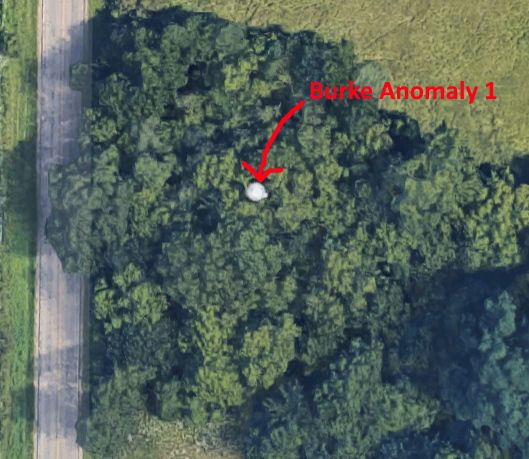


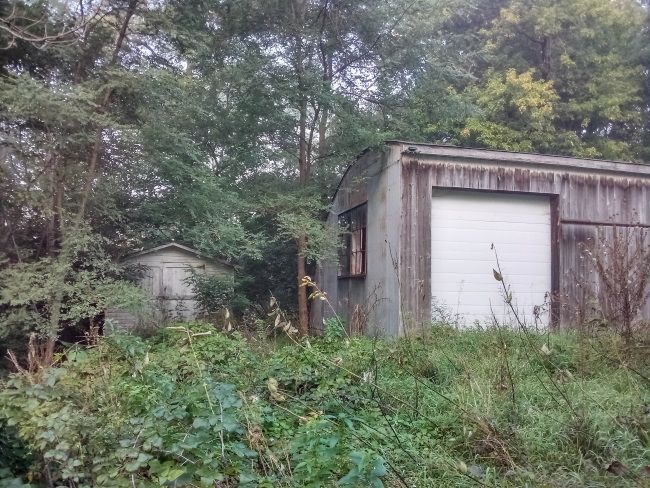
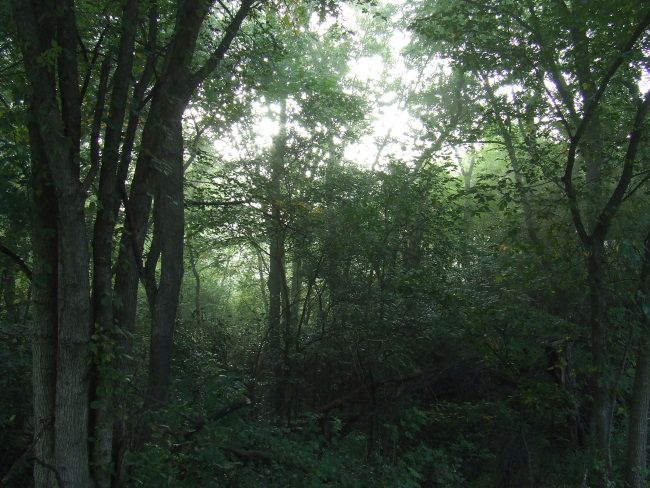
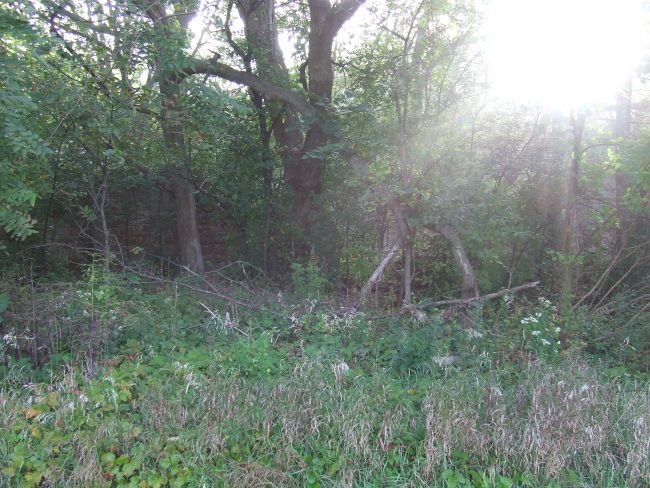
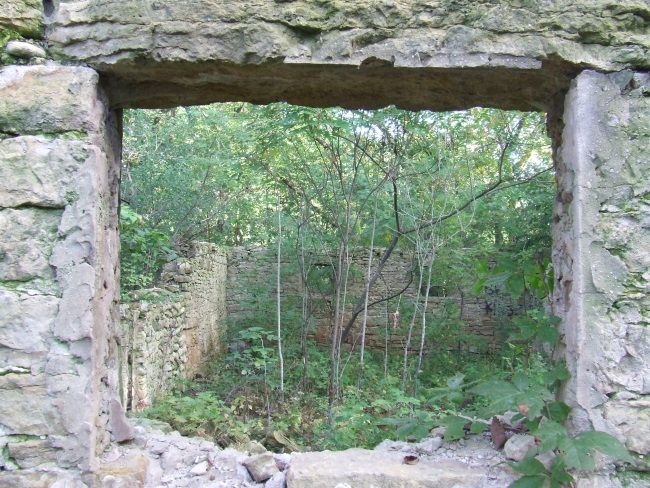
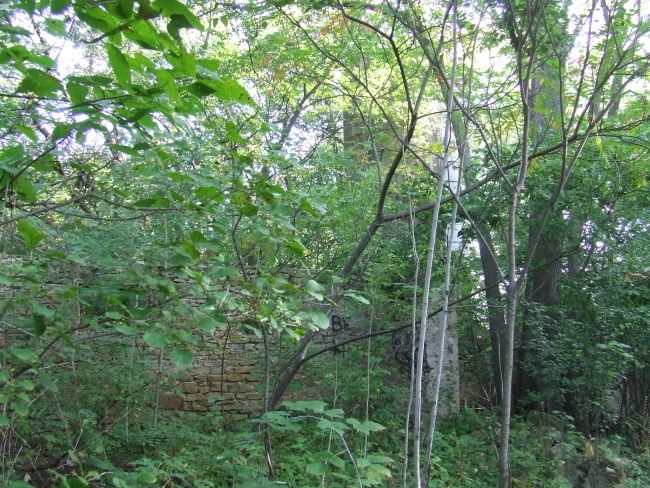
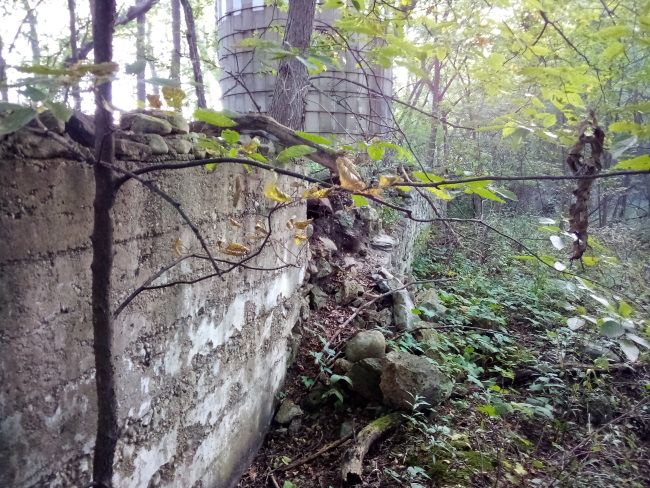
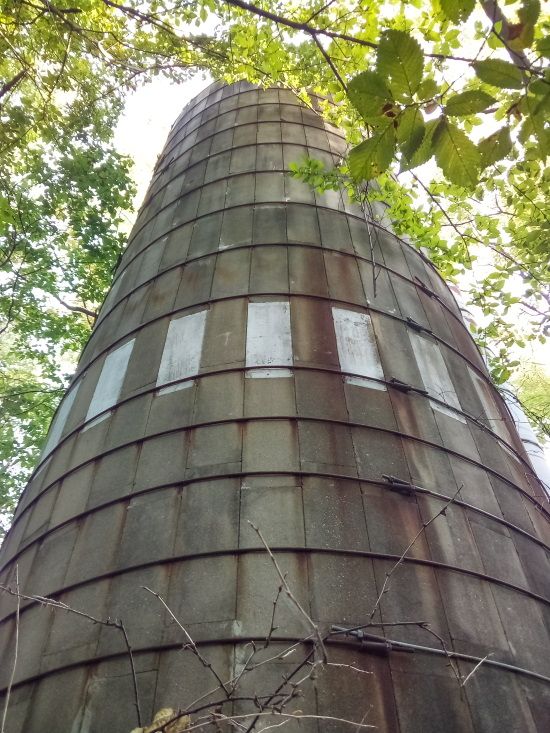
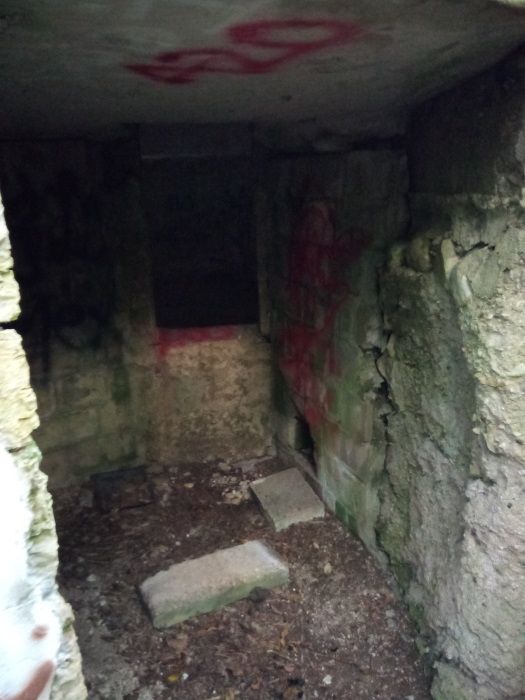
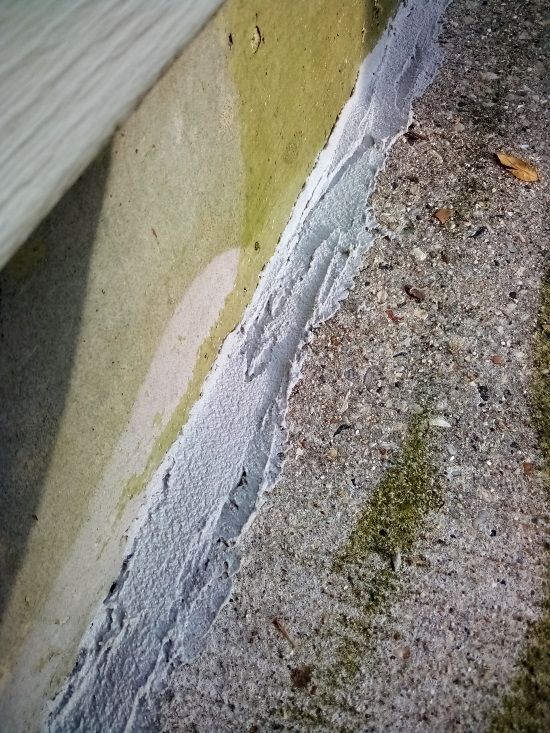

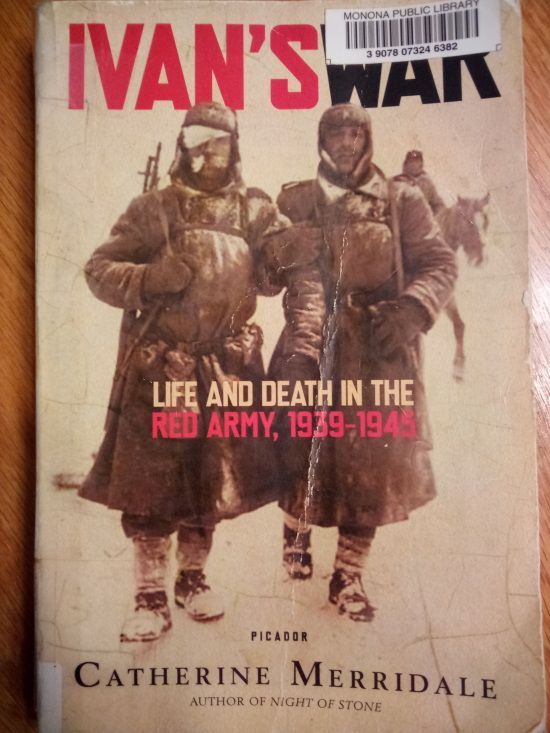

No comments:
Post a Comment